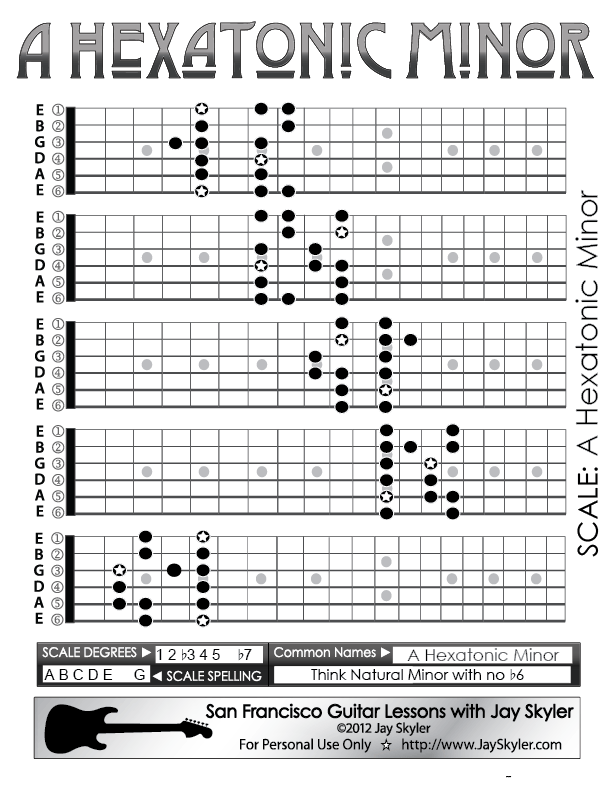

And since the above table shows the intervals of the major scale, no sharp / flat adjustments are needed. The spelling of the interval qualities in the above table will always be shown without any sharp(#) or flat(b) symbols, since these extra symbols represent the difference of the note from the major scale.

You may have seen a chord expressed as 1 b3 5, for example. In music theory, note intervals can also be expressed using using a spelling or formula, which mean the same thing.

are more consonant / less disonant, when played together ( harmonic interval) with, or alongside( melodic interval) the tonic note. The difference between the perfect and major intervals is that perfect interval notes sound more perfect / pleasing to the ear than major intervals - ie. This rule is fixed all major scales in all keys, so you will never see a perfect 3rd or a major 4th interval. So the 1st, 4th, 5th and 8th are always perfect, and the rest are always major. The interval quality for each note in this major scale is always perfect or major. The table and piano diagram below show the 8 notes (7 scale major notes + octave note) in the D major scale together with the interval quality for each. This step identifies the interval quality and formula / spelling for each note in the major scale, then identifies the second note of the major scale, and decides whether the interval quality is either perfect or major. The diminished 2nd interval below Ebb is D D 2nd inverted intervals ShortĢnd intervals below note D Intervals below Short This table inverts the above intervals, so that each link in the last column leads to note D. These intervals are shown below on the treble clef followed by the bass clef. Middle C (midi note 60) is shown with an orange line under the 2nd note on the piano diagram. 2nd intervals above note D D dim2-min2-maj2-aug2 intervals Short Tin whistle fingering chart – key of Dĭ is the most common key among both high whistles and low whistles.This step shows the D second intervals on the piano, treble clef and bass clef.
#Second notes on the d scale plus#
The plus sign means that the note is in the upper octave, the fingering is the same, but you blow harder to reach it. And there are also rare cases where you may want to half-cover the hole for semitones. The dark circle represents the holes covered with your fingers. The simple graphic below should help to avoid any confusion about reading all of the charts on this page and any other tin whistle notes guide that you may come across.
#Second notes on the d scale how to#
How to read tin whistle finger charts (tabs) So, on a D whistle, you have a note D in its third octave too. There is an exception for the key (root) note itself, which is available in 3 octaves. And while the fingering is the same for both of them, you reach the upper octave just by blowing harder. The tin whistle has two octaves (usually named lower and upper). You may want to check it out as well as other helpful whistle lessons. There is also a tutorial on this website that explains how to hold a tin whistle correctly in more detail. Your strong hand goes to the bottom and the other one on top as a rule of thumb. You should cover the holes with three middle fingers of both hands regarding fingers position. At least in terms of Irish traditional music. It is the most common key and probably the first whistle among beginner whistles you should get as most tunes and songs are played in this specific key. If you are just getting started, you probably want to follow the fingering guide and notes for a whistle in the key of D. Or, if you are likely to play with a band, you probably need different whistle keys to match the other musicians and their instruments. It means that you will need several different whistles to cover every song in its original key. Actually, two scales, by using a special cross fingering for an additional note (you will read more about it soon). clarinet or flute), a single tin whistle can play only one standard (diatonic) musical scale of seven notes. Unlike some classical music instruments (i.e.


 0 kommentar(er)
0 kommentar(er)
